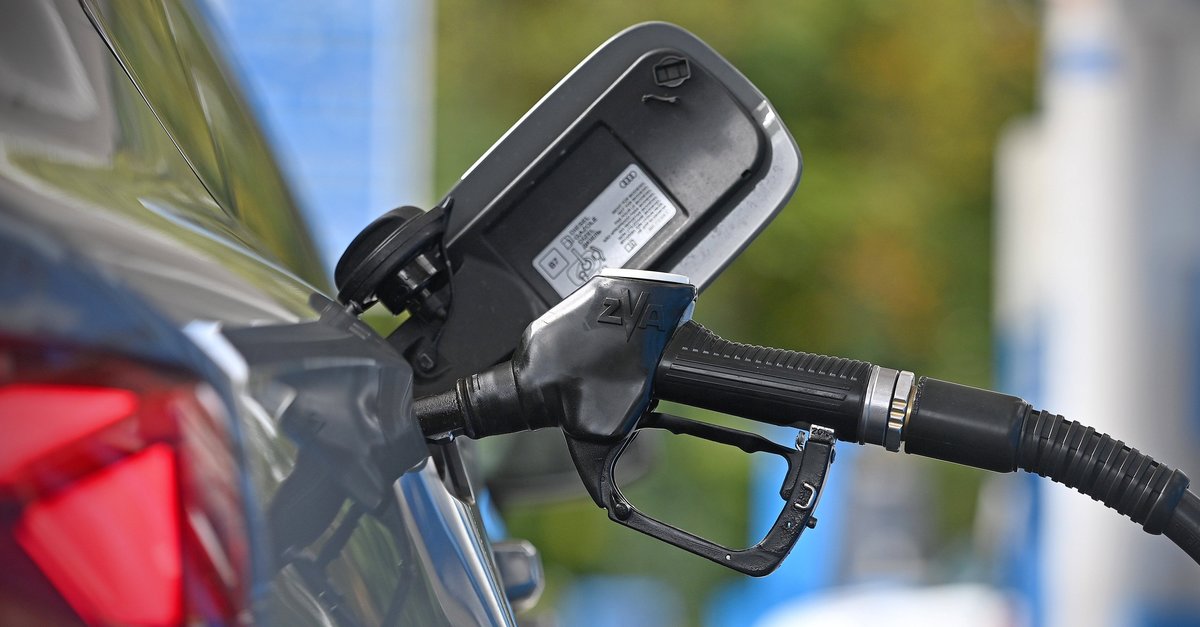Environmentalists have been warning for years, and now an EU-wide study has confirmed it: the fuel consumption of combustion engines is significantly higher than the manufacturer’s specifications. For cars with gasoline engines, the additional consumption is almost 25 percent. The picture is even more dramatic with plug-in hybrids.
Deception exposed: combustion engines consume much more
New data shows one shockingly high deviation between the car manufacturers’ consumption figures and actual consumption. Not only petrol and diesel engines are affected, but especially plug-in hybrids. Environmentalists have been pointing out this discrepancy for years.
An evaluation by the European Environment Agency has now revealed the actual consumption values of new cars. Petrol engines consume an average of 7.89 liters per 100 kilometers and are therefore in line 23.7 percent above the official figures.
Diesel models also come with one Additional consumption of 18.2 percent significantly above that. The deviations are particularly drastic in plug-in hybrids: this is where the consumption lies even an incredible 251.5 percent about the manufacturers’ supposed savings promises.
Since 2021, the European Union has required that all newly registered cars reduce their fuel consumption measure in real driving conditions must. This data is recorded by a built-in measuring device. They now show that there is a clear gap between the idealized laboratory conditions and real driving conditions.
Combustion engine or electric car? The ADAC has calculated:
Combustion engine: Much more CO₂ emissions than stated
There is a large gap between the data measured in the laboratory and the real data, not only when it comes to the fuel itself, but also when it comes to CO₂ emissions overall. Combustion engines make an average impact per kilometer actually 139.6 grams of CO₂ instead of 108.2 gramswhich were measured in the test cycles in the laboratory (source: European Environment Agency).
Did you enjoy the post? Follow us on WhatsApp and Google News and don’t miss any news about technology, games and entertainment.
